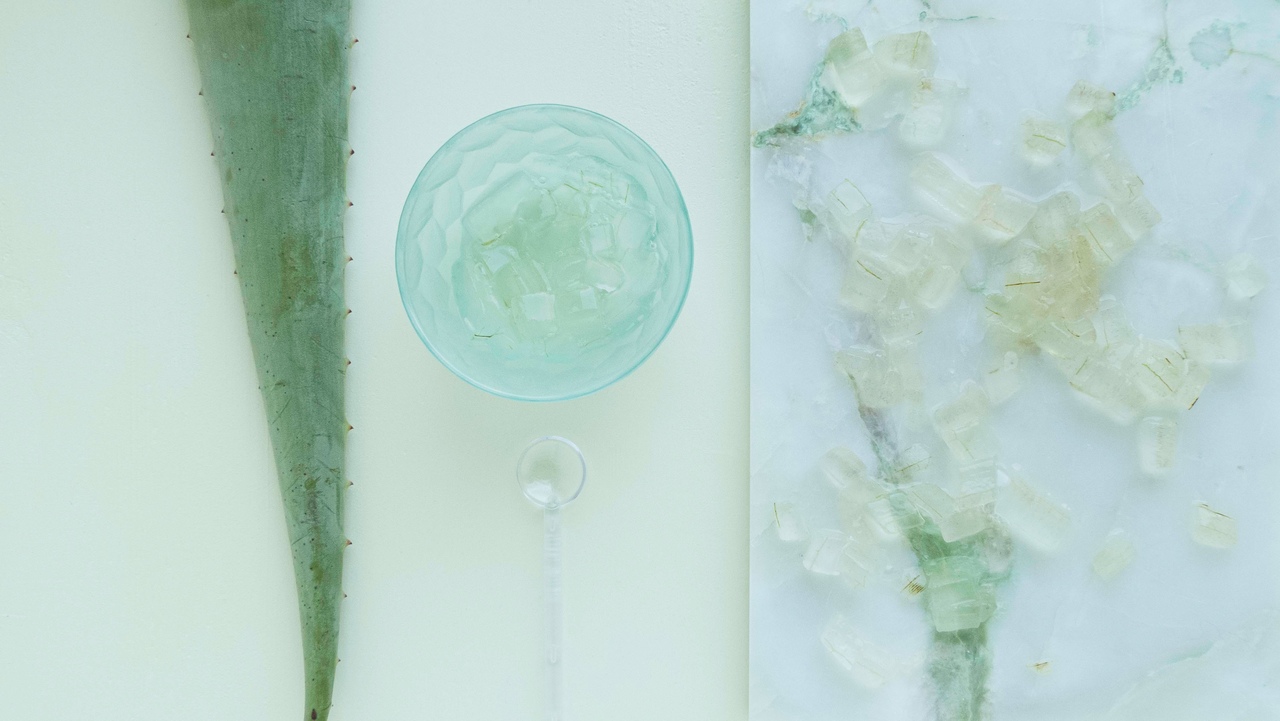
Aloe vera is one of the most popular succulents adorning our homes. It is also one of the most effective plants to help heal wounds and provide relief from burns. Learn more about the healing properties of aloe vera
According to the data of the European Child Safety Alliance about 300 thousand people in Poland suffer from burns every year! Nearly 75% of the burned are children and most of them are small children aged from 2 to 4 years. In the most severe cases of burns skin necrosis occurs and then it is necessary to perform surgery, even a skin graft. When the burn concerns only the surface of the skin, the skin – in the case of both adults and children – still requires special treatment to make it healthy, resilient and attractive again. A natural remedy comes to the rescue. It is aloe vera, an evergreen succulent from warm countries. However, the potted version of this plant also does well in our homes.
Aloe vera has dense, fleshy leaves that form a rosette. It is easy to grow at home in a pot. This plant is relatively easy to grow. All it needs is access to sunlight and regular but not too abundant watering. Aloe vera tolerates cactus soil well. This unique plant is appreciated not only for its decorative values, but also for its medicinal properties – not without reason it is called by some a natural dressing or green bandage. Its rich composition includes magnesium, potassium, phosphorus, zinc and iron, vitamins and folic acid. Each of these components has a beneficial effect on the body, which is confirmed by scientific research. The inconspicuous-looking aloe hides more than 200 active ingredients, including minerals, amino acids, enzymes and vitamins
The juice hidden in the aloe vera leaves contains ingredients that speed up the healing process of wounds caused, for example, by boiling water burns or sunburn caused by long-term intensive sunbathing. It has bactericidal, antiviral, antifungal and anti-inflammatory properties. Moreover, it stimulates damaged tissues to rebuild themselves and improves the process of new cell formation. In order to use aloe vera as a natural dressing, you need to gently cut its leaf and then cut it in half, being careful not to let the juice run out. Such a leaf should be immediately applied to the resulting wound, without pressing it hard. Importantly, the wound must be cleaned beforehand. If the burn is mild, it is enough to rinse the burned area under running water. Aloe vera gel provides relief for milder first-degree burns. When the skin at the site of the burn is burning, itching, becoming red, and a slight swelling appears, this plant will be an excellent way to soothe
Sometimes the skin develops blisters filled with a water-like substance (second degree burn). In this situation, too, you can reach for aloe vera and apply it to the blister. Aloe vera juice contributes to reducing pain, while accelerating the regeneration of damaged, sore skin. The itching and burning will gradually subside as the juice penetrates the epidermis. In order for the skin after the burn to recover faster, apply a compress of aloe vera and keep it for up to 2-3 hours a day. Note, for extensive yet deep burns, do not squeeze the aloe vera juice directly on the wound.
Aloe vera is effective not only in removing the effects of fresh wounds, namely burns. You can also benefit from its benefits if you have scars on your face or body. The plant helps to eliminate burn marks and also reduces local lesions, which are left after scratches and cuts or after teenage acne, for example. Aloe vera juice can also minimize the appearance of surgical scars. The treatment can also be done from the inside. It turns out that drinking aloe juice strengthens the regeneration of the body and its defense mechanisms. Aloe acts as first aid. It brings relief in burns. It does this effectively and also quite naturally.